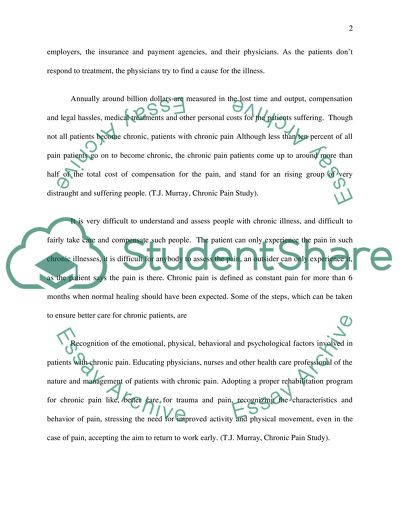Cite this document
(“Disability And Chronic Illness In Nursing Essay”, n.d.)
Retrieved from https://studentshare.org/miscellaneous/1499993-disability-and-chronic-illness-in-nursing
Retrieved from https://studentshare.org/miscellaneous/1499993-disability-and-chronic-illness-in-nursing
(Disability And Chronic Illness In Nursing Essay)
https://studentshare.org/miscellaneous/1499993-disability-and-chronic-illness-in-nursing.
https://studentshare.org/miscellaneous/1499993-disability-and-chronic-illness-in-nursing.
“Disability And Chronic Illness In Nursing Essay”, n.d. https://studentshare.org/miscellaneous/1499993-disability-and-chronic-illness-in-nursing.


